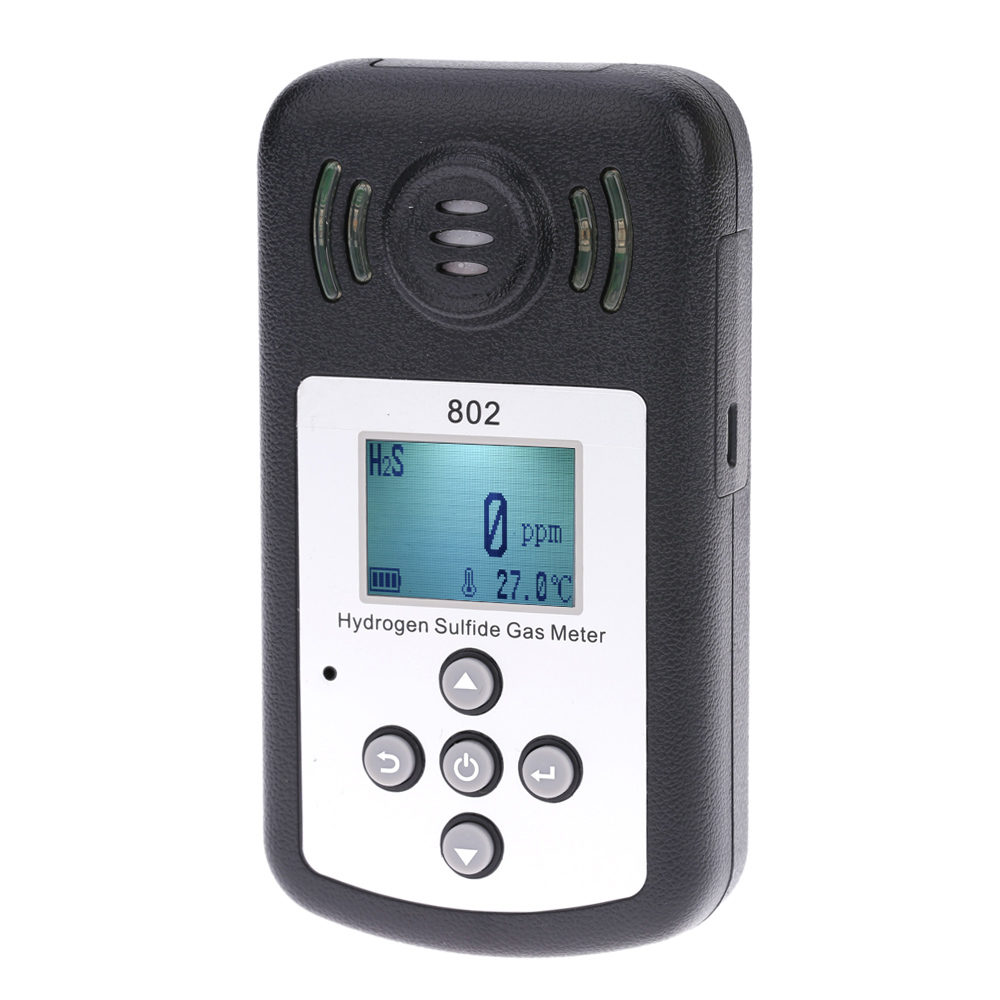Gas detectors work primarily based on various technologies, each designed to detect particular gases or forms of gasoline focus. The elementary principle includes the sensor within the detector responding to the presence of a goal fuel and triggering an alarm or alert. Here are some widespread kinds of gasoline detection technologies and the way they work:
Catalytic Bead Sensors:
Principle: These sensors detect flamable gases similar to methane and propane. Click to find out more incorporates a catalytic bead that reacts with the gasoline, inflicting a rise in temperature. This change in temperature is then measured and used to determine the gas focus.
Applications: Commonly utilized in industries the place flammable gases are current, similar to oil and gasoline.
Infrared (IR) Sensors:
Principle: Infrared sensors work by measuring the absorption of infrared mild at particular wavelengths by the goal gas. Each gasoline absorbs infrared light at a novel set of wavelengths, allowing the sensor to determine and quantify the gas focus.
Applications: Suitable for detecting a big selection of gases, together with carbon dioxide, methane, and hydrocarbons.
Electrochemical Sensors:
Principle: Electrochemical sensors detect gases by way of chemical reactions that produce an electrical present. When the goal fuel comes into contact with the sensor's electrodes, a chemical reaction happens, generating a present that correlates with the gasoline concentration.
Applications: Commonly used for detecting toxic gases like hydrogen sulfide, carbon monoxide, and chlorine.
Photoionization Detectors (PID):
Principle: PID detectors use ultraviolet (UV) gentle to ionize fuel molecules, producing positively charged ions and electrons. The ensuing present is measured and used to determine the gasoline concentration.
Applications: Effective for detecting risky natural compounds (VOCs) in industrial environments.
Metal Oxide Semiconductor (MOS) Sensors:
Principle: MOS sensors encompass a skinny movie of metal oxide that reacts with the goal gas. This response modifications the electrical resistance of the film, and this resistance change is measured to discover out the fuel focus.
Applications: Commonly used for detecting gases like methane, propane, and butane.
Semiconductor Sensors:
Principle: Semiconductor sensors depend on the change in electrical conductivity of a semiconductor material when it comes into contact with a selected gas. The resistance change is then measured to determine gasoline concentration.

Applications: Widely used for detecting gases corresponding to hydrogen and carbon monoxide.
Gas detectors usually incorporate a mixture of those sensor sorts to supply comprehensive fuel monitoring in various environments. Additionally, they might feature alarms, shows, and information logging capabilities to reinforce their performance and usability. The selection of know-how is determined by the specific gases to be detected and the environmental circumstances of the applying..
